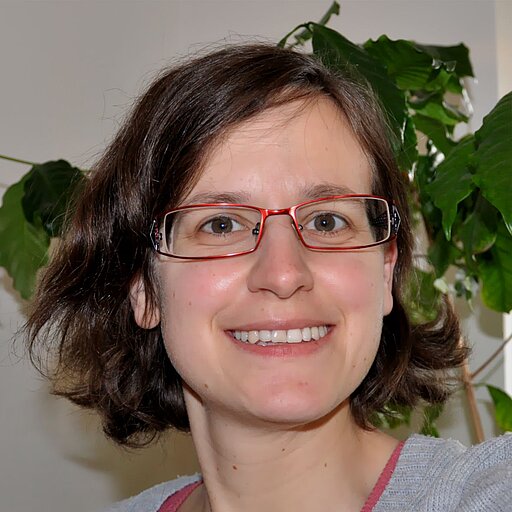Beer, Katharina
Dr. Katharina Beer
Biozentrum
Am Hubland

Endogenous circadian clocks evolved in all areas of life. They enable the organisms to cope with the daily environmental changes on our planet. The honey bee provides the unique opportunity to study circadian clocks in the context of sociality, complex behavior and pollination ecology. With their remarkable time memory, bees synchronize their foraging activity with the most rewarding flowering times of the day. Circadian clock controlled behavior is socially regulated in the honey bee colony and forager bees display robust rhythms in behavior (being active during the day and sleeping during night time), while nurse bees take care of the brood in around the clock activity. Furthermore, the circadian clock is involved in the honey bee’s time compensated sun compass orientation, which is important for their famous waggle dance communication they use to communicate potential food resources to the colony.
I am interested in the question: How does the circadian clock of honey bees work?
I investigate the underlying mechanisms of the honey bee circadian clock by characterizing the neuronal organization of the honey bee clock and behavioral studies on the function of selected circadian clock genes. Starting point of my current Postdoc project is the creation of the first circadian clock mutant honey bee.
-
Time memory in social insects with a special focus on honey bees. . In Current Opinion in Insect Science, 68, pp. 1–9. 2024.
- [ URL ]
-
Model and Non-model Insects in Chronobiology. . In Frontiers in Behavioral Neuroscience, 14, pp. 1–23. Frontiers Media {SA}, 2020.
- [ URL ]
-
Post-embryonic development of the circadian clock seems to correlate with social fife style in bees. . In Frontiers in Cell and Developmental Biology, 8, pp. 1–9. 2020.
- [ URL ]
-
Pigment-Dispersing Factor-expressing neurons convey circadian information in the honey bee brain. . In Open Biology, 8(1), p. 170224. The Royal Society, 2018.
- [ URL ]
-
A new device for monitoring individual activity rhythms of honey bees reveals critical effects of the social environment on behavior. . In Journal of Comparative Physiology A, 202(8), pp. 555–565. 2016.
- [ URL ]




